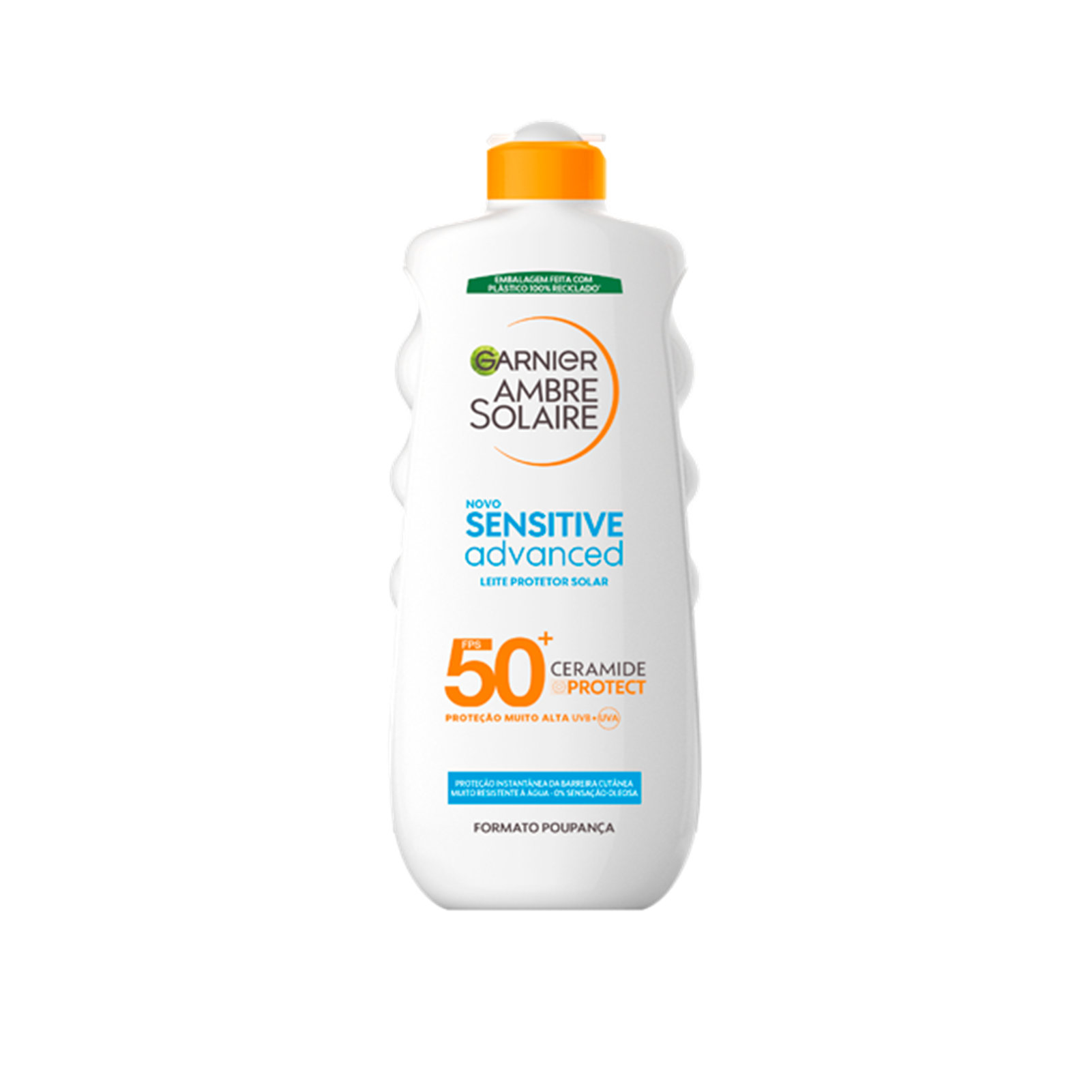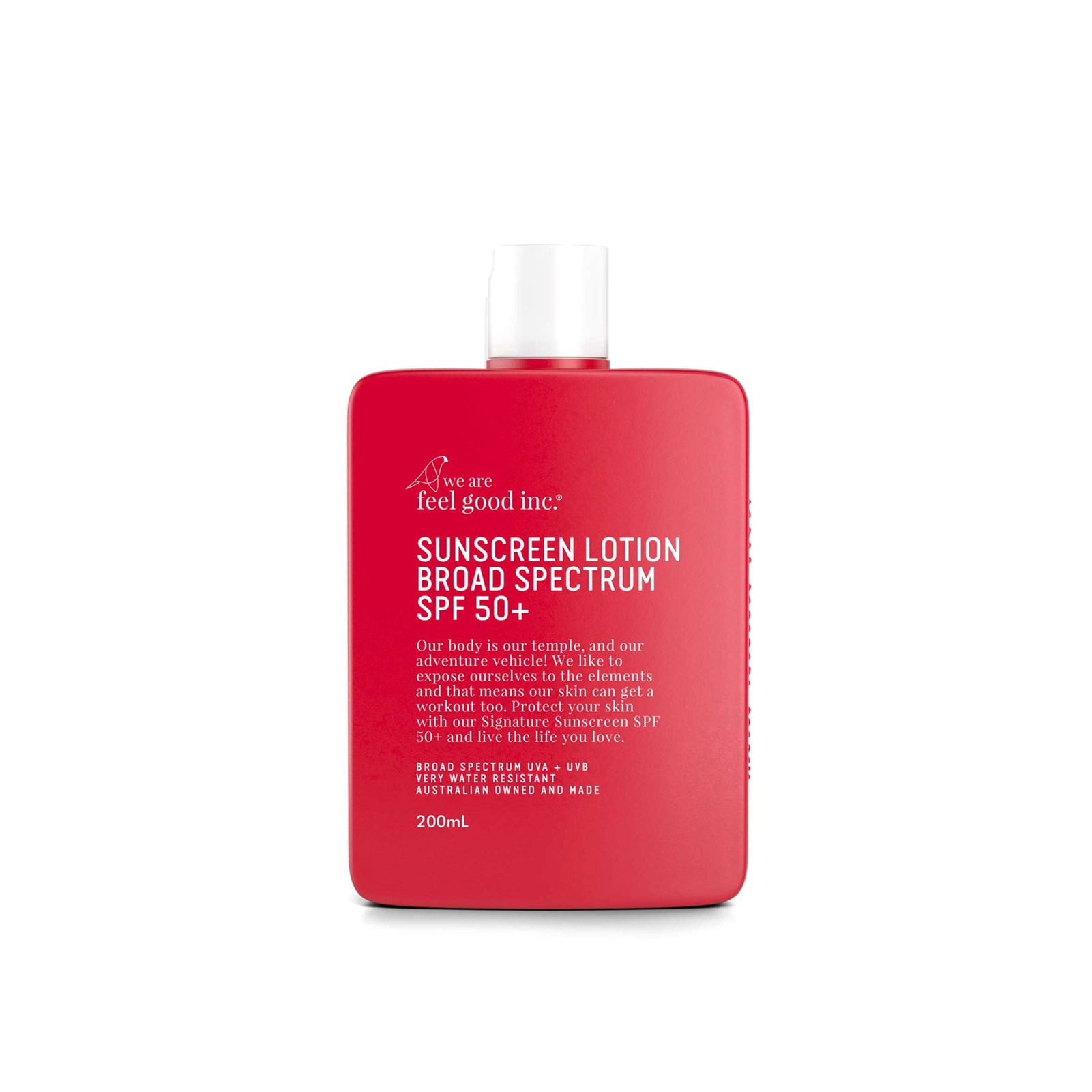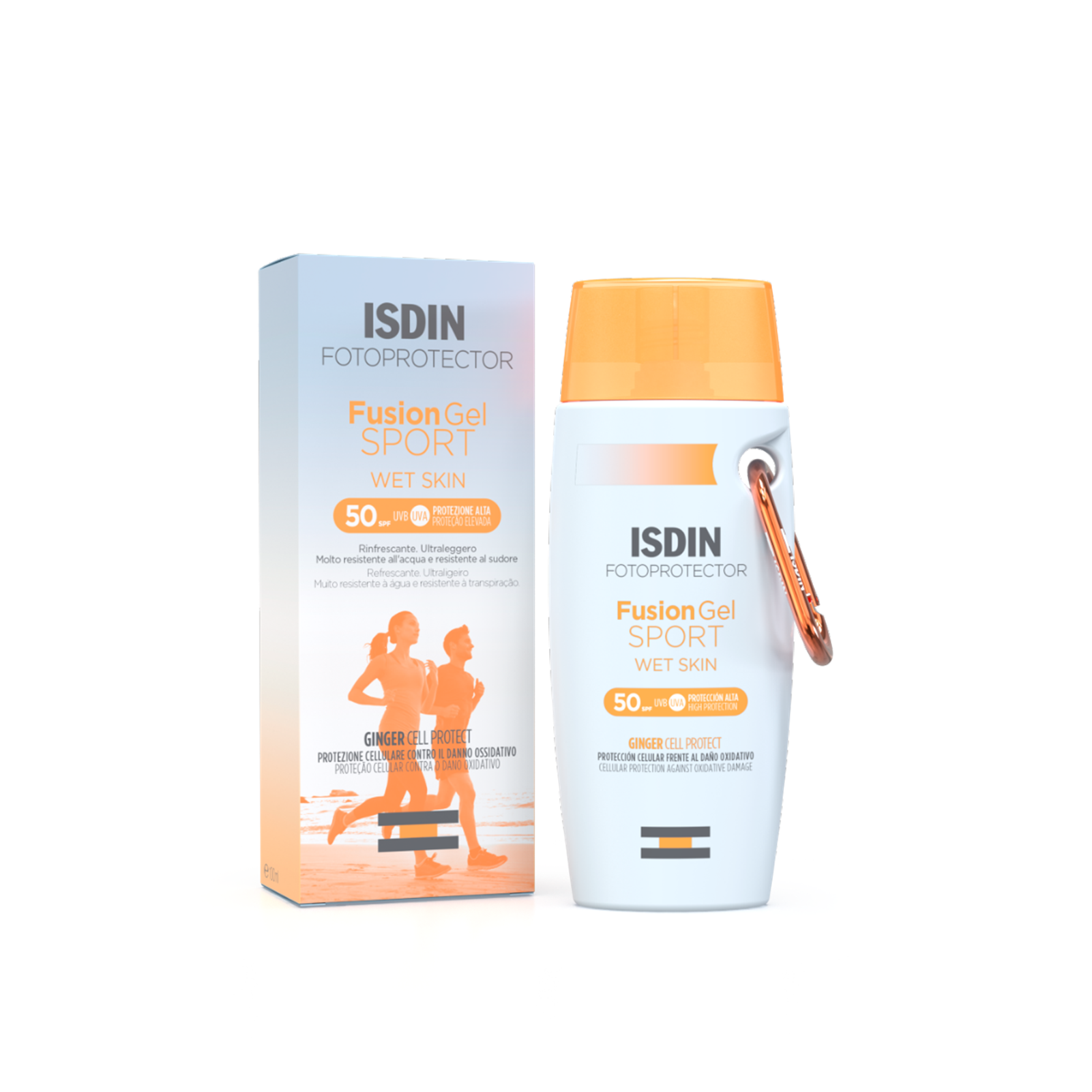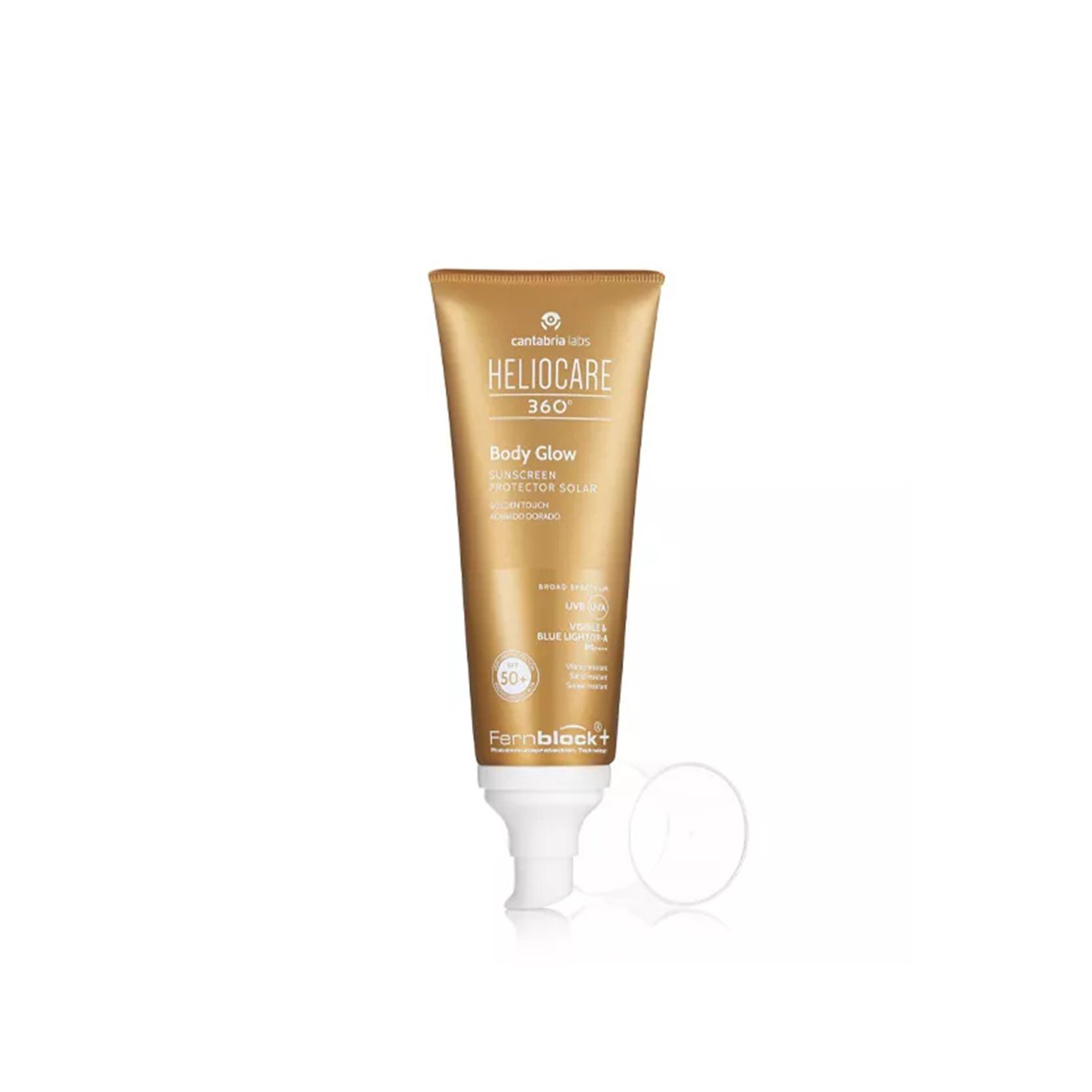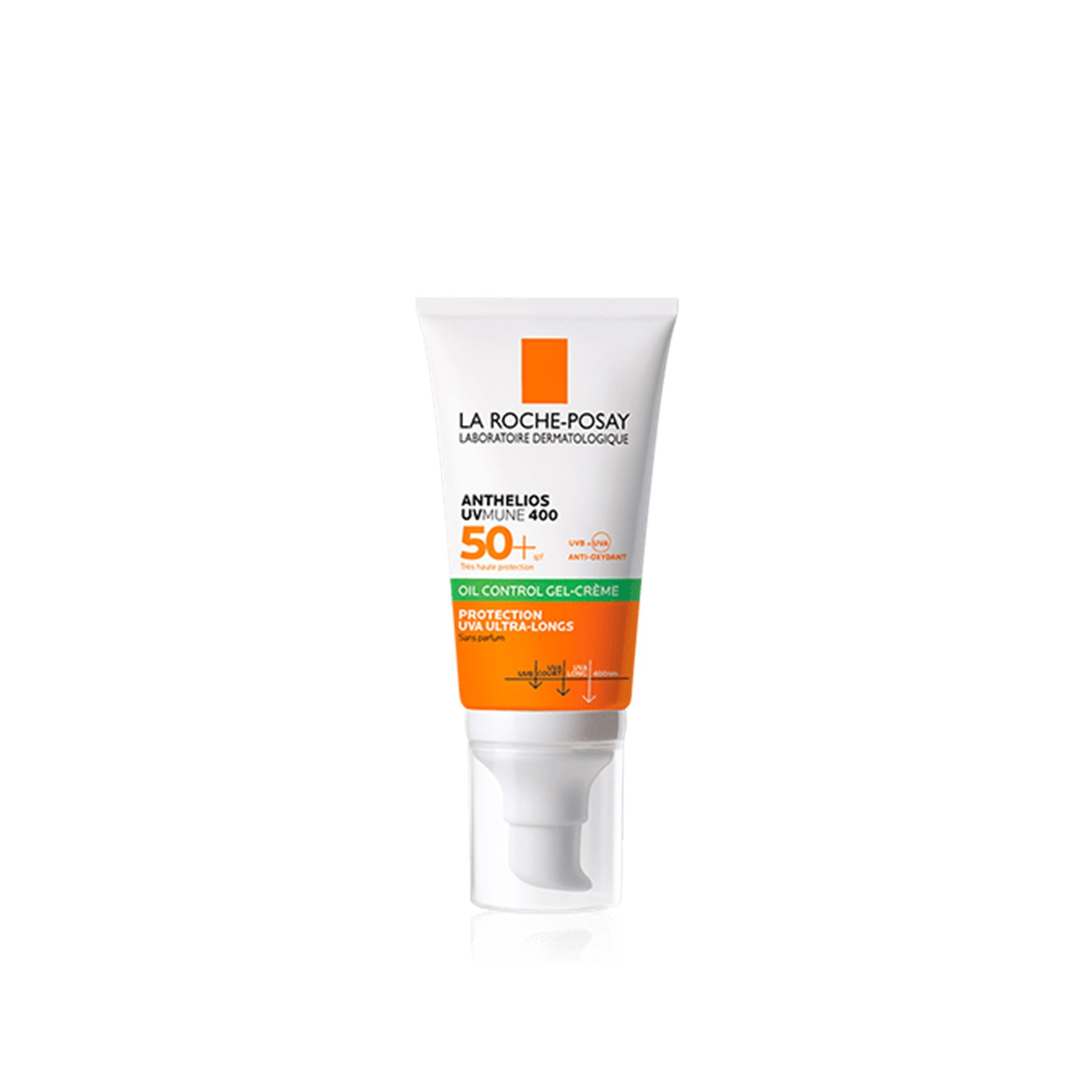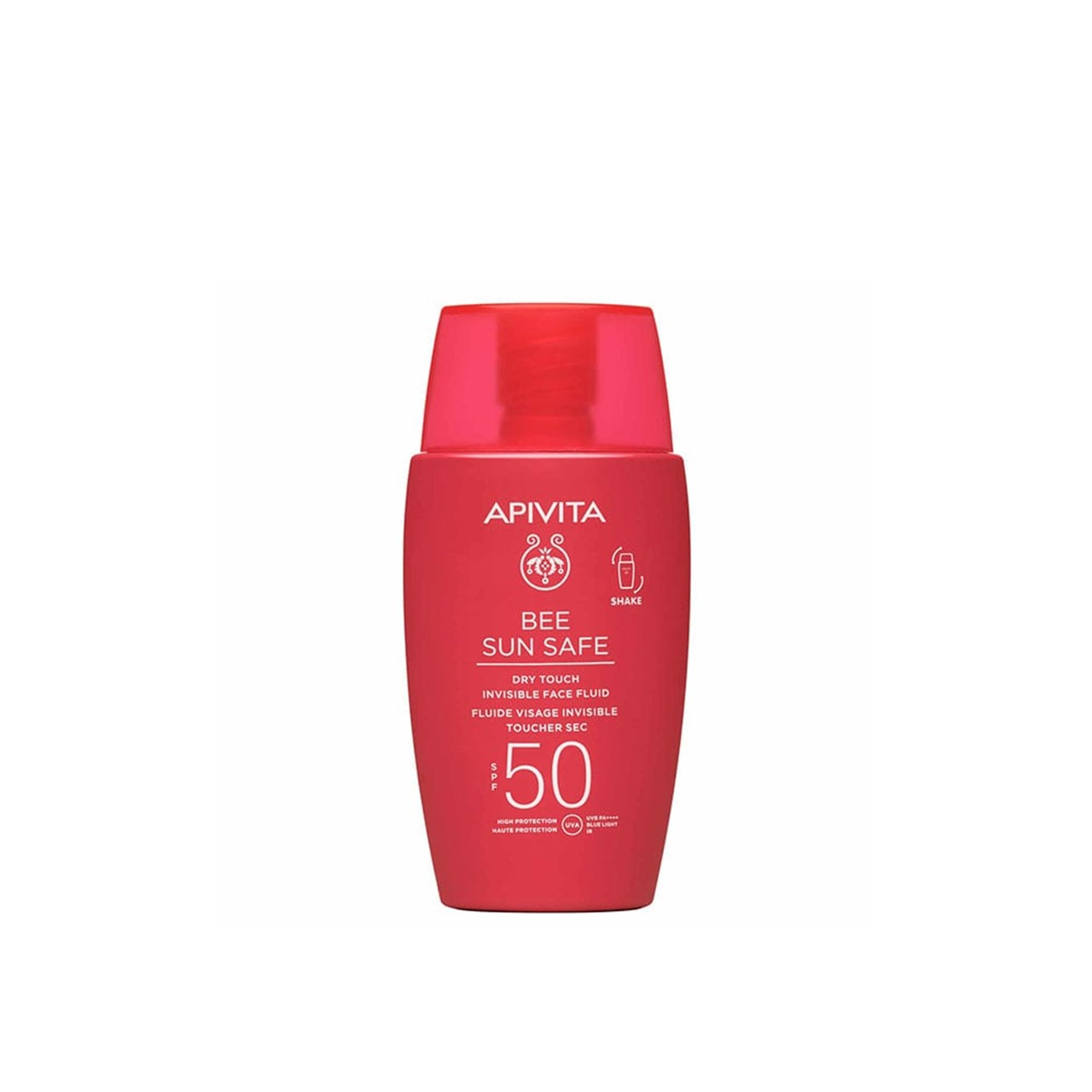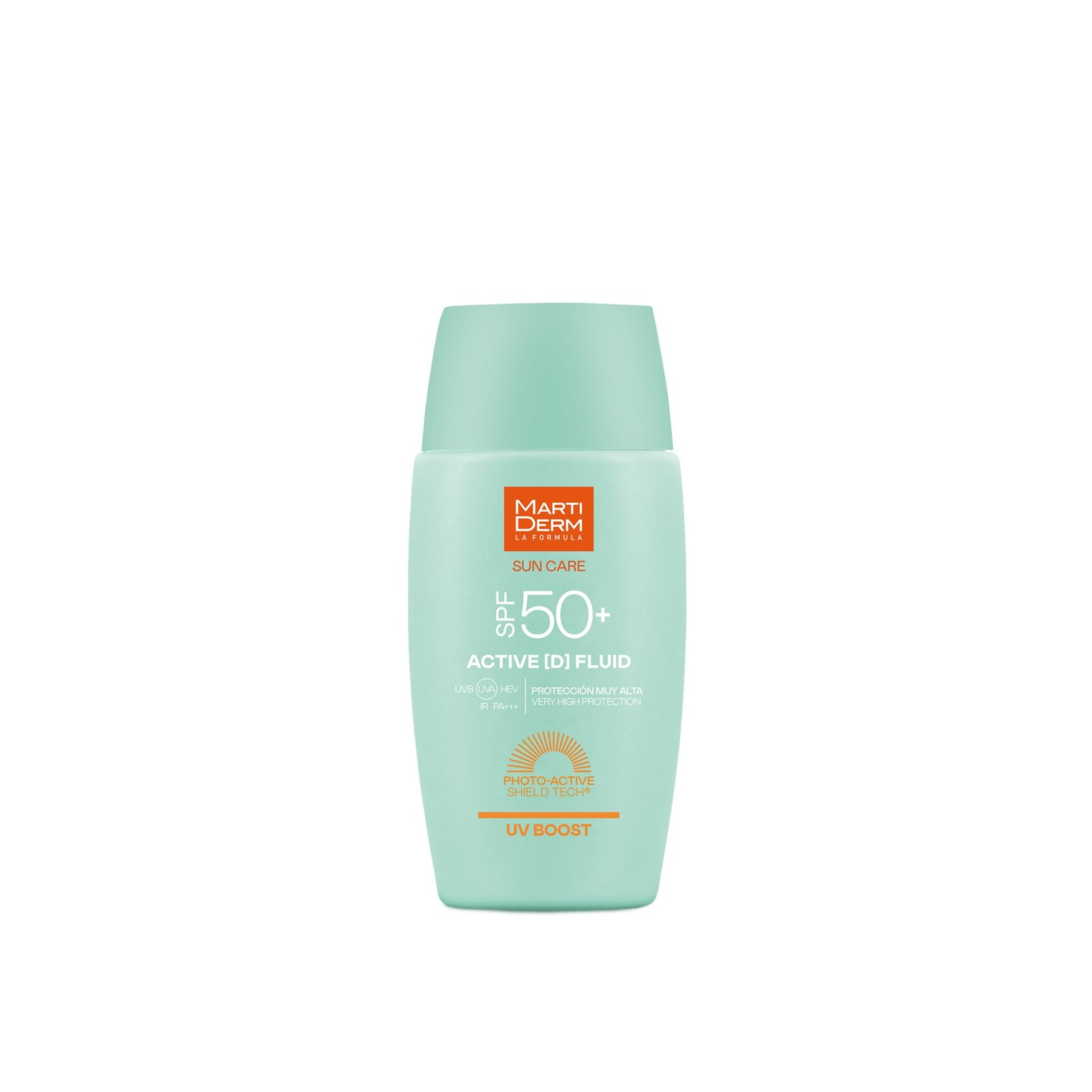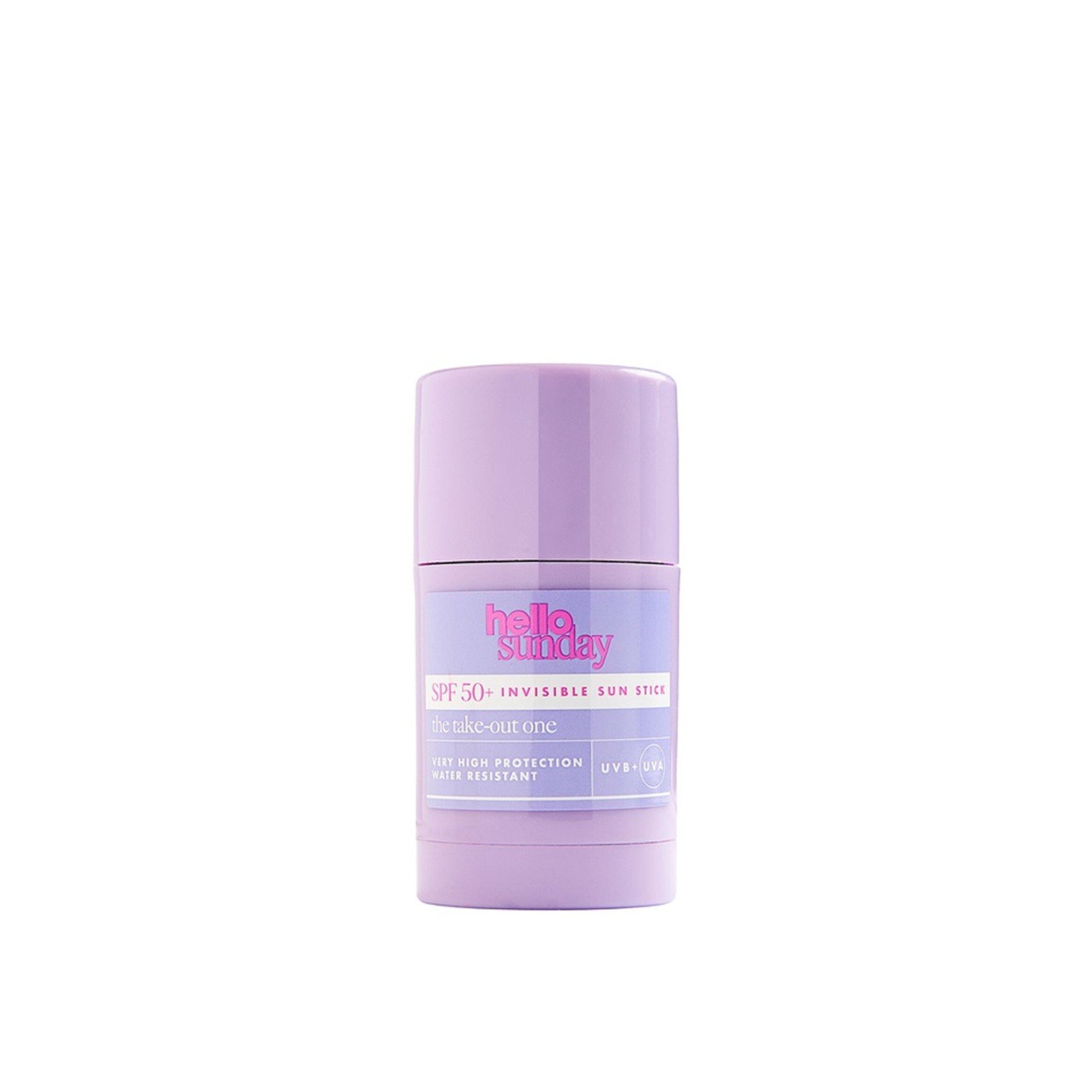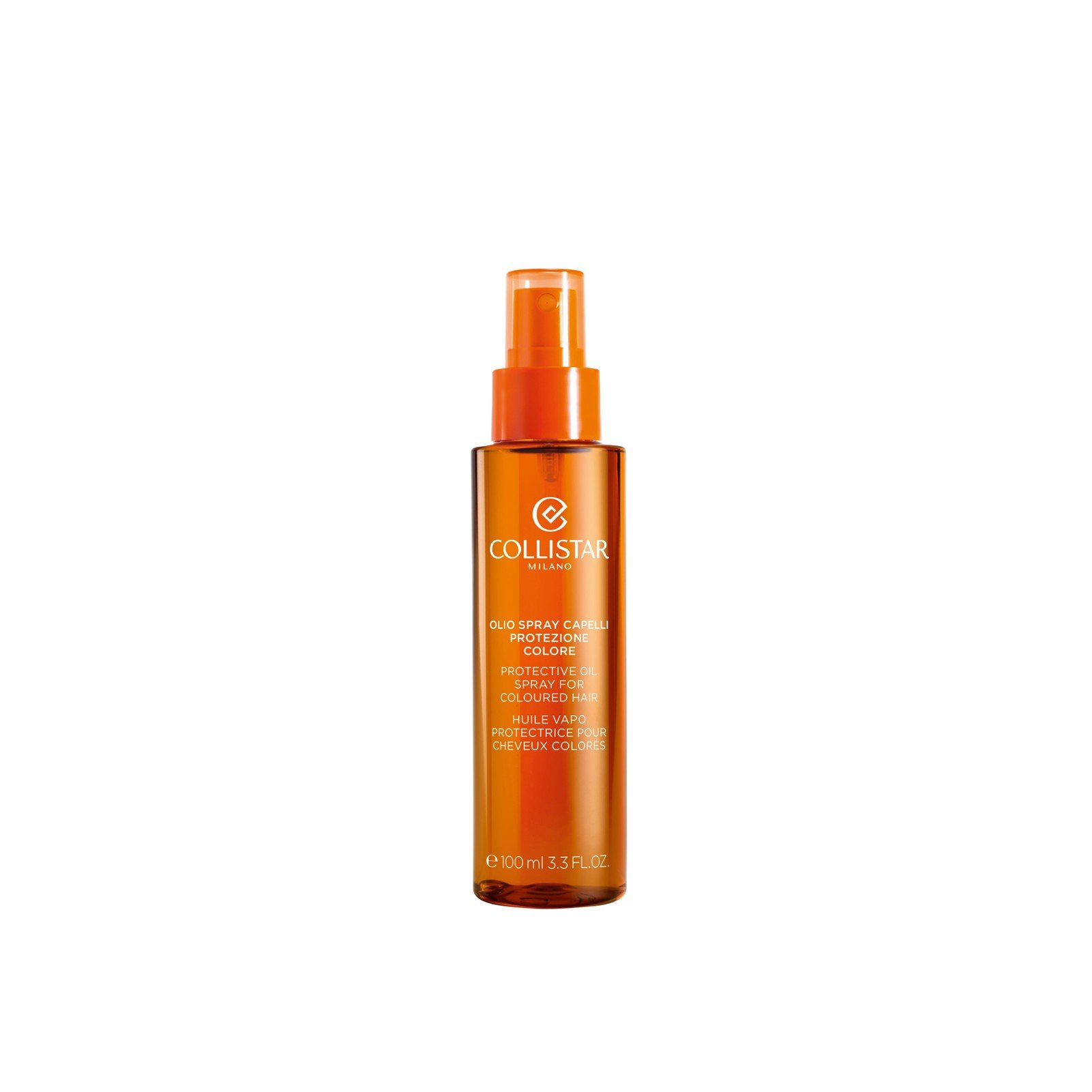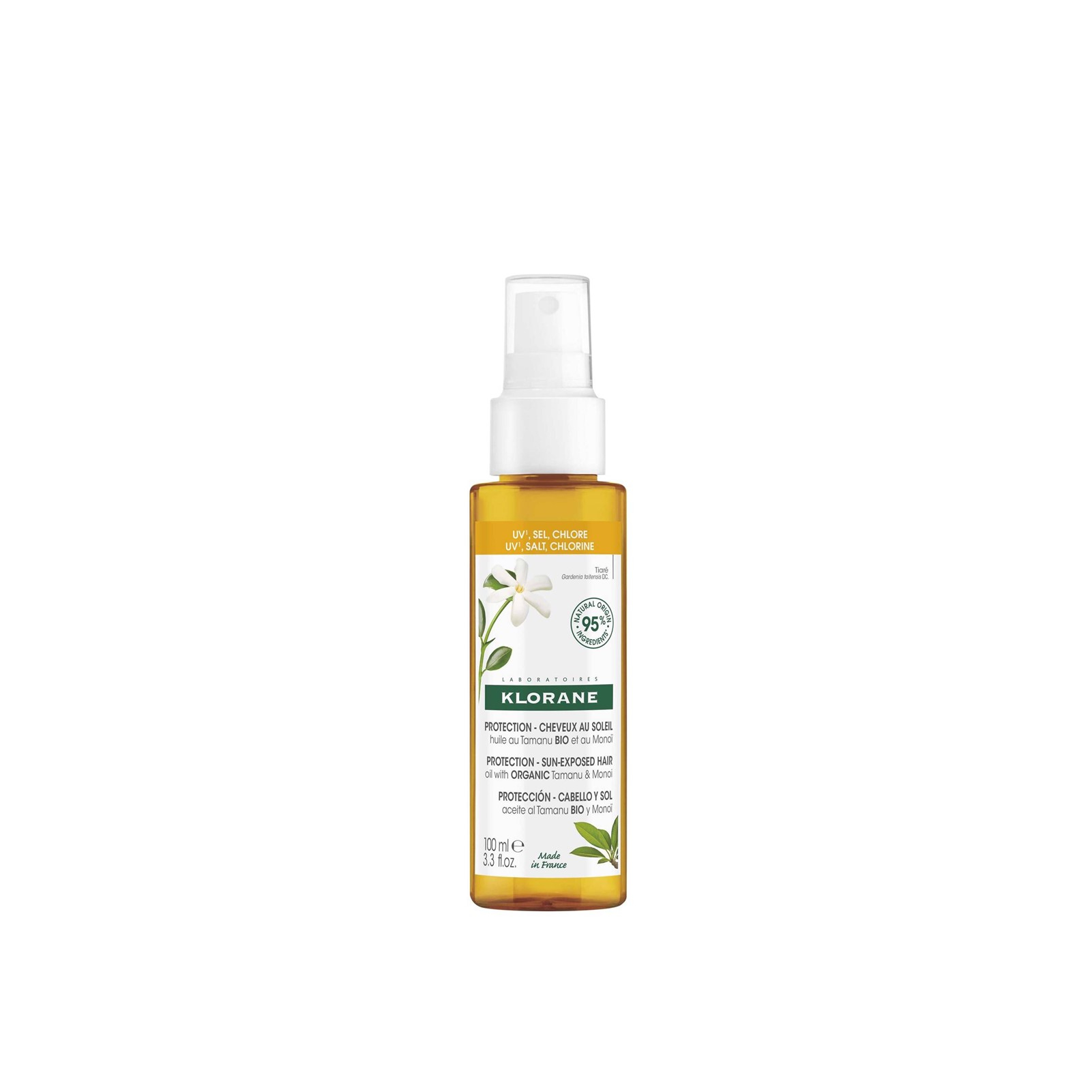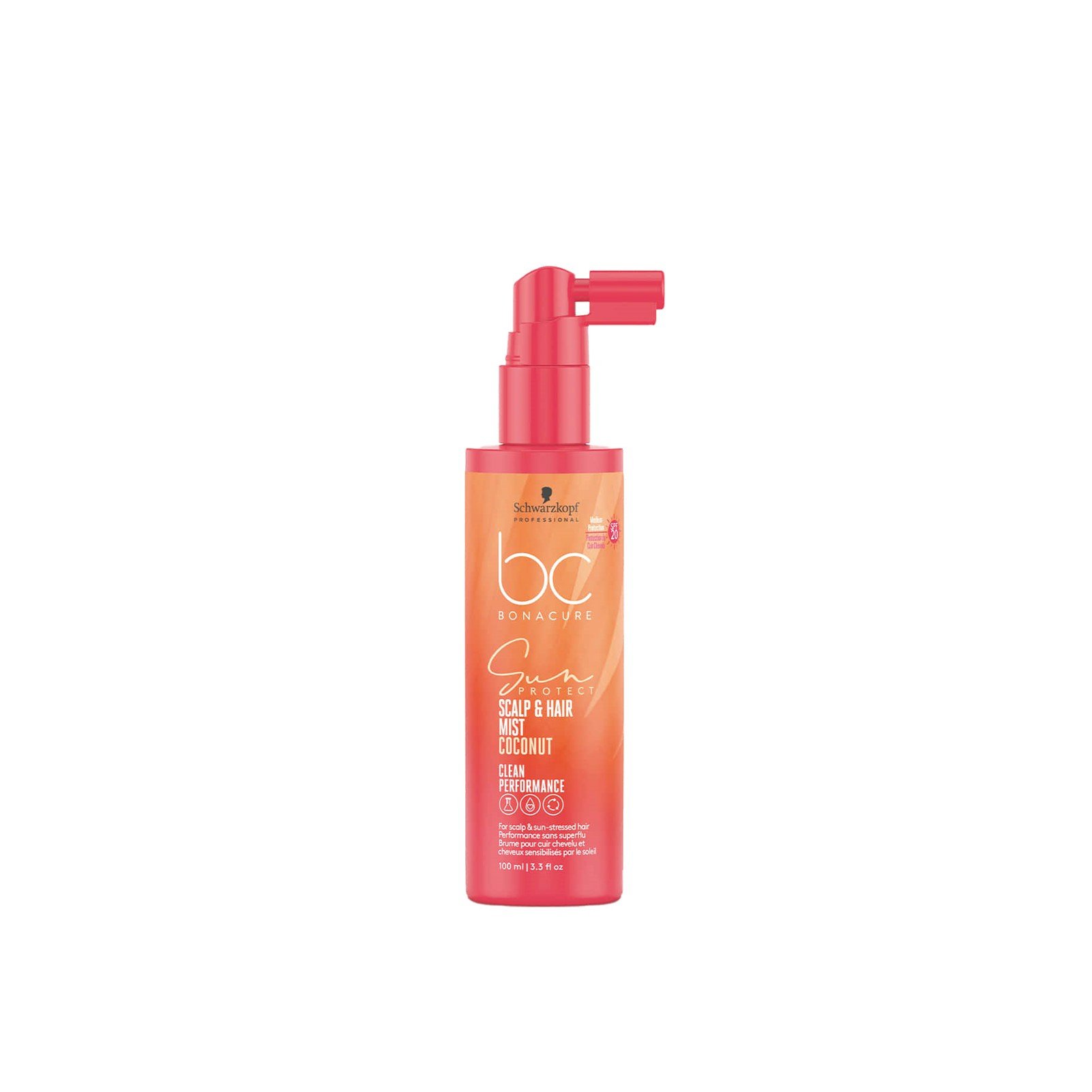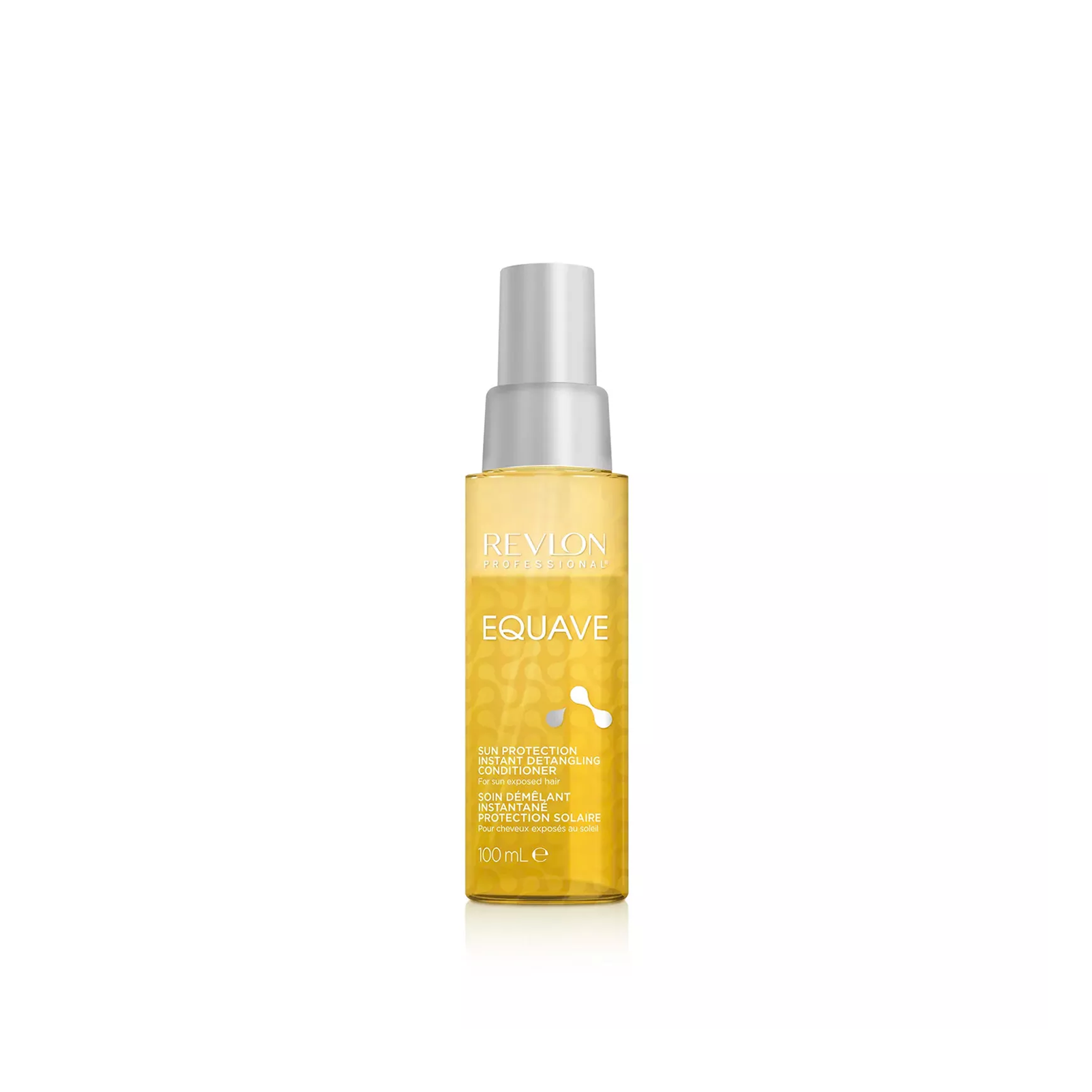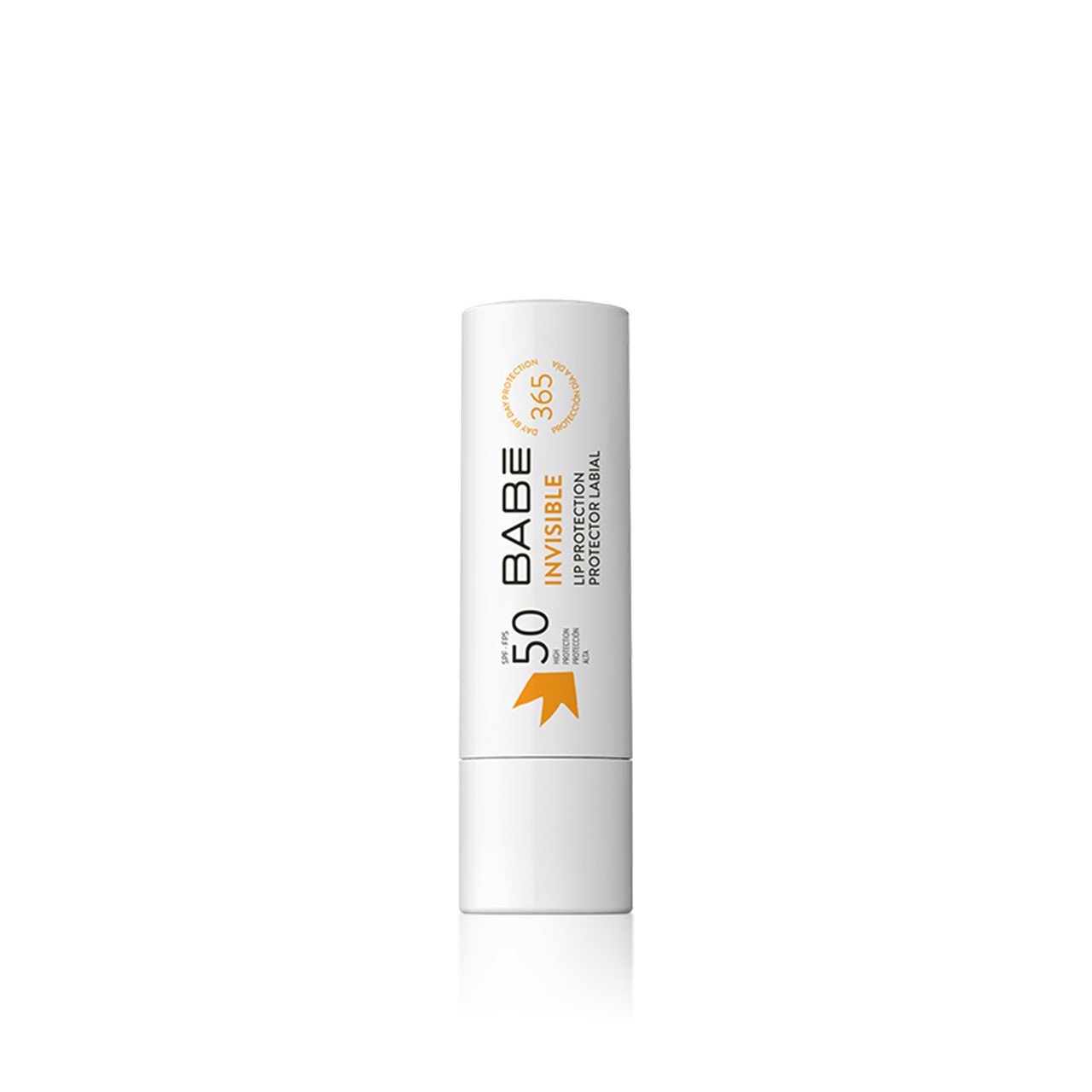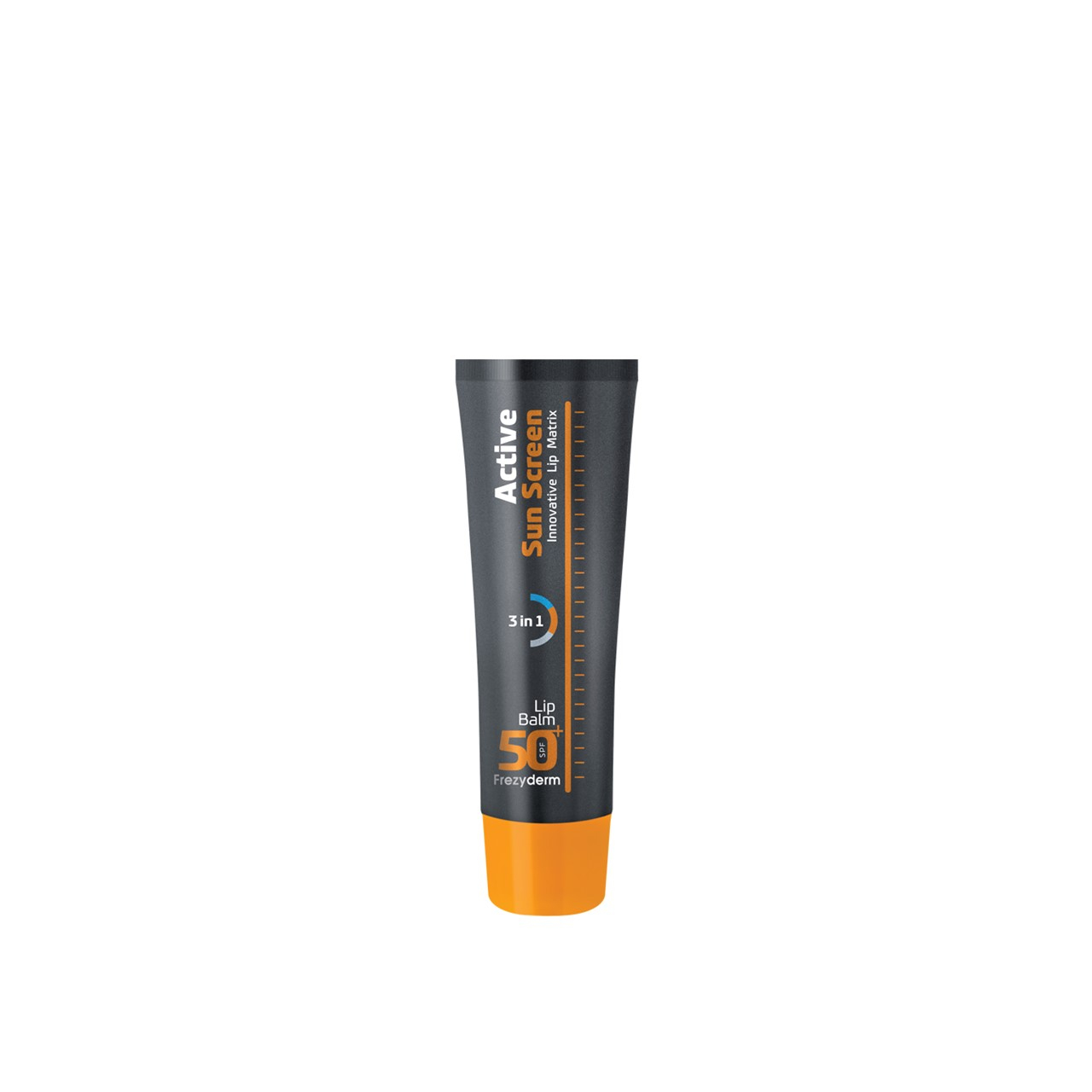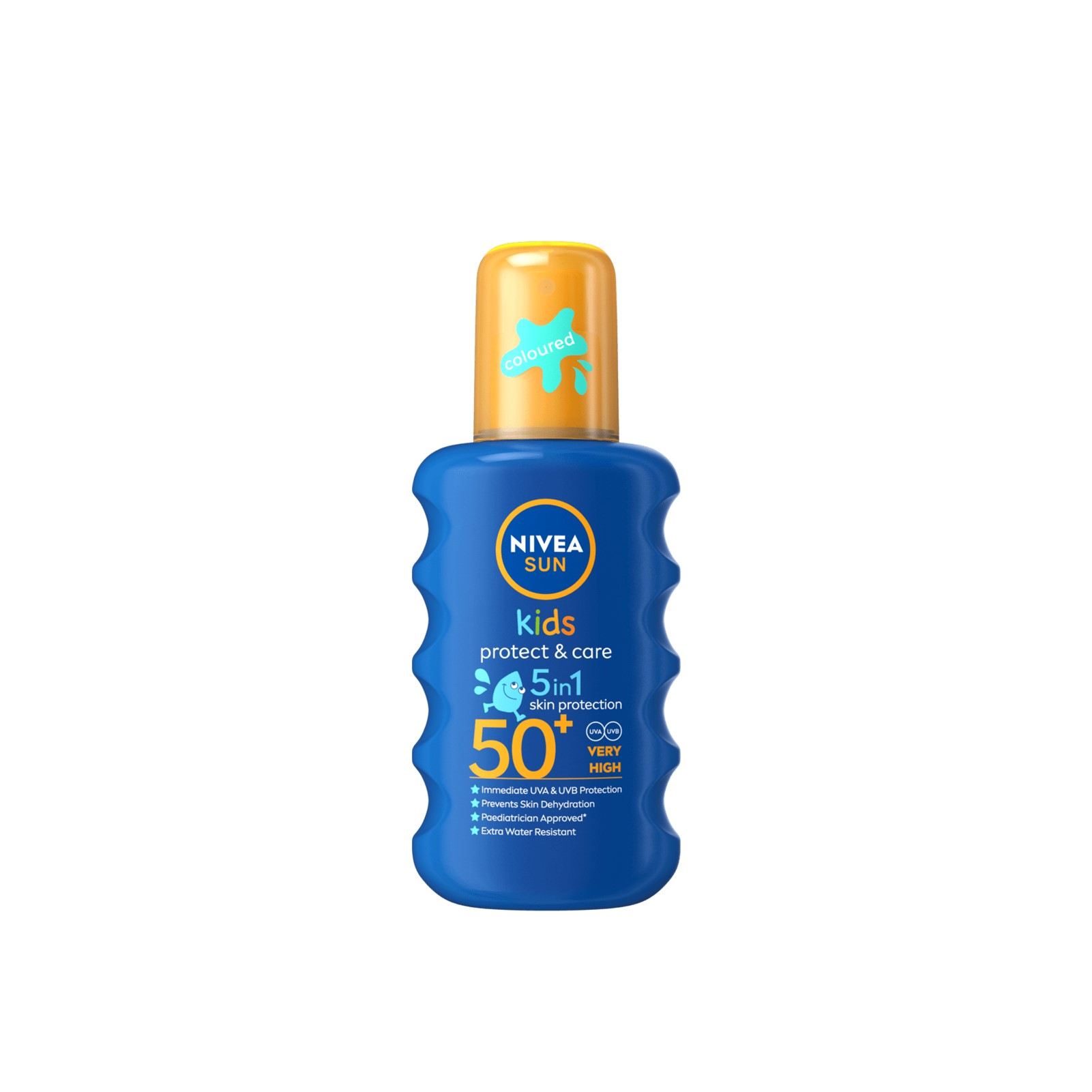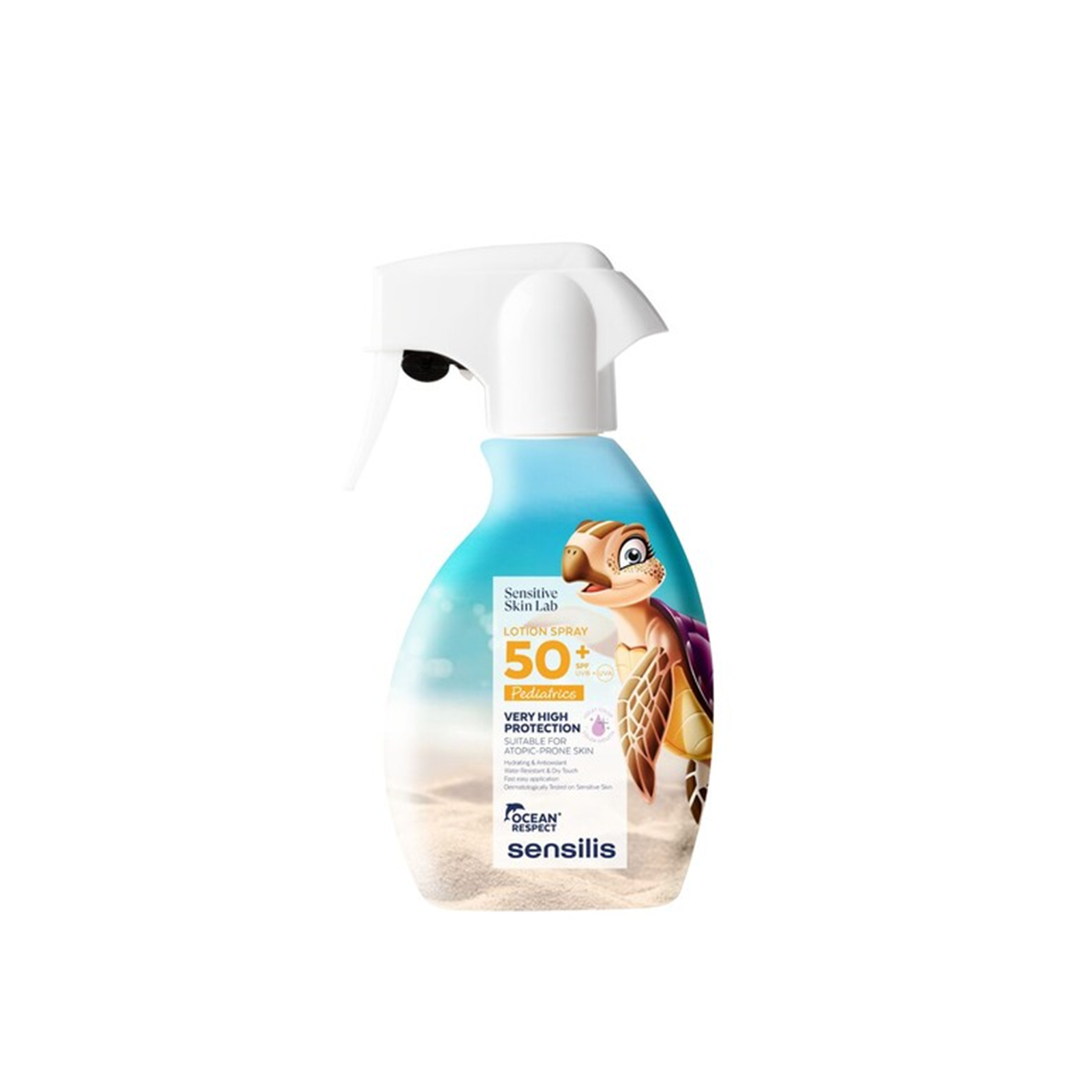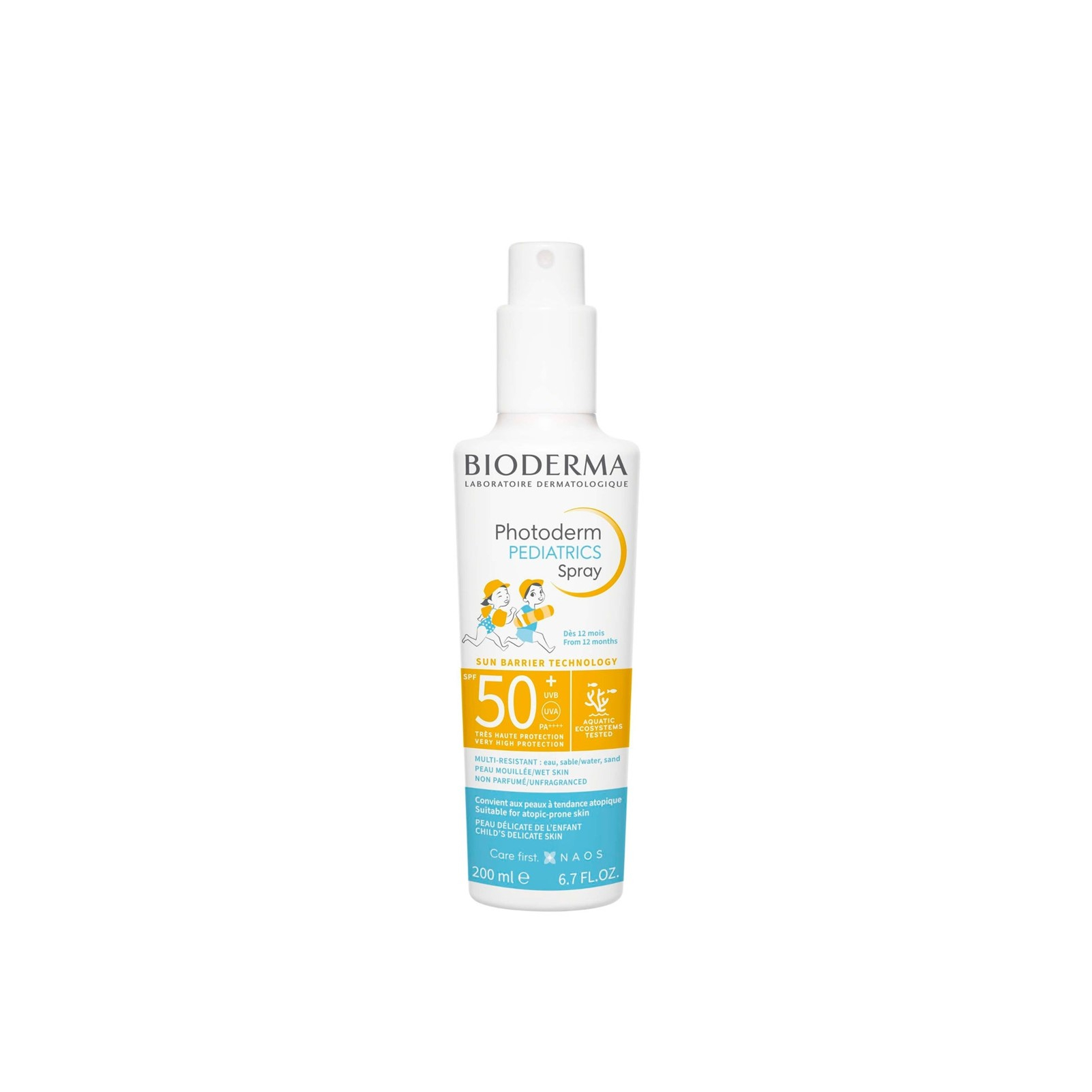
Ready to enjoy the beach life ahead of you? Soaking up the long days and great weather is one of the most pleasant parts of the summer, but it doesn’t come without its perils. The most important one is sun radiation, which is responsible not only for sunburn, but also dark spots and photoaging—not to mention, of course, the role it plays in skin cancer. Fortunately, there’s a way to enjoy your summer at the beach without getting sunburned or aggravating dark spots and wrinkles–all you have to do is wear sunscreen! To help you out, we’ve rounded up the best sunscreens for beach vacations, so you can enjoy the sun as safely as possible!
On this post:
- Body sunscreens: Water-resistant formulas that last
- Face sunscreens: Dark spot prevention is key
- Hair sunscreens: For color protection and nutrition
- Lip sunscreens: A lip balm with SPF is your best bet
- Sunscreen for kids and babies: Focus on ease of application
For body sunscreen, pick water-resistant formulas
This is one of the main features of the summer: we wear fewer and smaller items of clothing, and so the skin of our body is more exposed to the sun. Body sunscreen becomes a necessity!
To help you pick the right body sunscreen to take along to the beach, we’re selecting sunscreens with a couple of specific features: they must be both water-resistant and easy to apply on wet skin. By selecting products with these features, we’re ensuring the product offers long-lasting sun protection when you are in the water, and that it can be reapplied as soon as you get out, even if your skin is still wet.
Regarding water-resistant sunscreens, you can find some that are labeled “water-resistant” on the packaging, which means they retain at least half the protection labeled on the packaging after 40 minutes in the water. Sunscreens labeled “very water-resistant” can retain that level of protection for up to 80 minutes in the water. Both types are also sweat-resistant, of course.
Lastly, there is one extra feature you may want to include in your body-specific sun protection: sand-resistant sunscreens. These not only prevent you from looking like a sand-crusted human, but also ensure that friction from the sand won’t remove your sunscreen.
For face sunscreen, focus on dark spot prevention
When it comes to facial sun protection, there’s one concern that seems to rise above the rest: dark spots. Logically, you can also get dark spots on your body, but melasma is very common on the face. Therefore, getting a sunscreen that fully protects from UVA is a must-have, because UVA radiation is responsible for most of the pigmentation associated with dark spots.
As with body sunscreens, it’s mandatory to pick water-resistant formulas when selecting a facial sunscreen to wear to the beach. This comes down to ensuring your sunscreen doesn’t immediately dissolve the minute you get in the water. At the beach, it’s not enough to apply your sunscreen—it’s essential to make sure it stays put!
Sunscreen sticks are a great way to reapply your protection, as long as they are not at risk of melting. If you can secure a beach spot in the shade, somewhere you can lay your bag that’s below 35ºC (95ºF), you can take a sun stick to the beach. If it’s scorching hot, you might want to avoid them altogether, or you’ll risk finding a pool of melted sunscreen in your bag.

For hair sunscreen, color protection is key
Sunscreen for the hair? Yes please! Your hair strands also suffer with that summer heat–UV radiation breaks down hair proteins and can even change the color of your strands, believe it or not! This is a particular concern for those with white, gray, or very light hair, either natural or bleached. And if there’s a pool involved in your summer plans? Things get worse, as chlorine dissolves hair lipids, making your strands brittle and dry.
Your first line of defense should be a hat, of course, specifically one with UPF, or Ultraviolet Protection Factor. If you can’t find a hat that suits your preferences, you can opt for “hair sunscreens” as an alternative–there are plenty of products out there that provide sun protection while nourishing the hair strands in the sun. These products tend to be on the oilier side, as they’re designed to coat the hair against aggression, but don’t worry–there are lightweight alternatives too if you worry about weighing down your hair.
For lip sunscreen, try a lip balm with SPF
“Do I actually need a lip sunscreen?”, we hear you ask, and we’re ready to answer, “yes, lip sunscreen makes a lot of sense, actually”. Now that facial sunscreen has become mainstream, dermatologists are reporting that a large proportion of skin cancers are appearing on the lips. If you’re invested in protecting your face–your whole face–from the sun, then it makes sense to use sun protection on your lips too.
Now, you might be wondering if you can’t use facial sunscreen on your lips, and the truth is, you can. You can, but it won’t be pleasant, as sunscreen filters tend to taste sour and facial sunscreen hasn’t been designed to go on your lips–so brands haven’t made any effort to make the taste non-awful.
We recommend that you select a lip balm with SPF, which is sure to have a more neutral–if not flavored!–taste. We also recommend, even if you’re a fan of stick lip balms, that you consider a lip balm in a tube to bring along to the beach. Just like sunscreen sticks, stick lip balms aren’t meant to be exposed to extreme temperatures, and anything above 35ºC (95ºF) might melt them down.
For children, focus on ease of application
Protecting your kids from the sun is important all year round, of course–but when on vacation, it’s vital. The first challenge is that, 9 times out of 10, it’s a nightmare to apply sunscreen on an excited kid (data extracted from my own experience). The second challenge? Kids spend a lot of their time at the beach in the water, rolling around in the sand, or sweating out their sunscreen.
These, then, should be your priorities when selecting a sunscreen for children: something that’s easy to apply, and resistant enough to stay put.
For ease of application, we like a colorful sunscreen. There are some sunscreens, formulated for children, which come out of the bottle with a fun color (blue or purple) that disappears when absorbed. This ensures that you apply the product to all the necessary areas, making it easier to notice any spots you may have missed. Now, to make sure that sunscreen doesn’t go anywhere, look for a sunscreen that’s both water- and sand-resistant, so it’ll withstand all that rolling around.
All in all, choosing the right sunscreen for the beach is all about maximizing protection while ensuring comfort and ease of application. You can explore thousands of sunscreens in the shop to find the perfect option for you!
Pharmacy Technician & Beauty Writer


